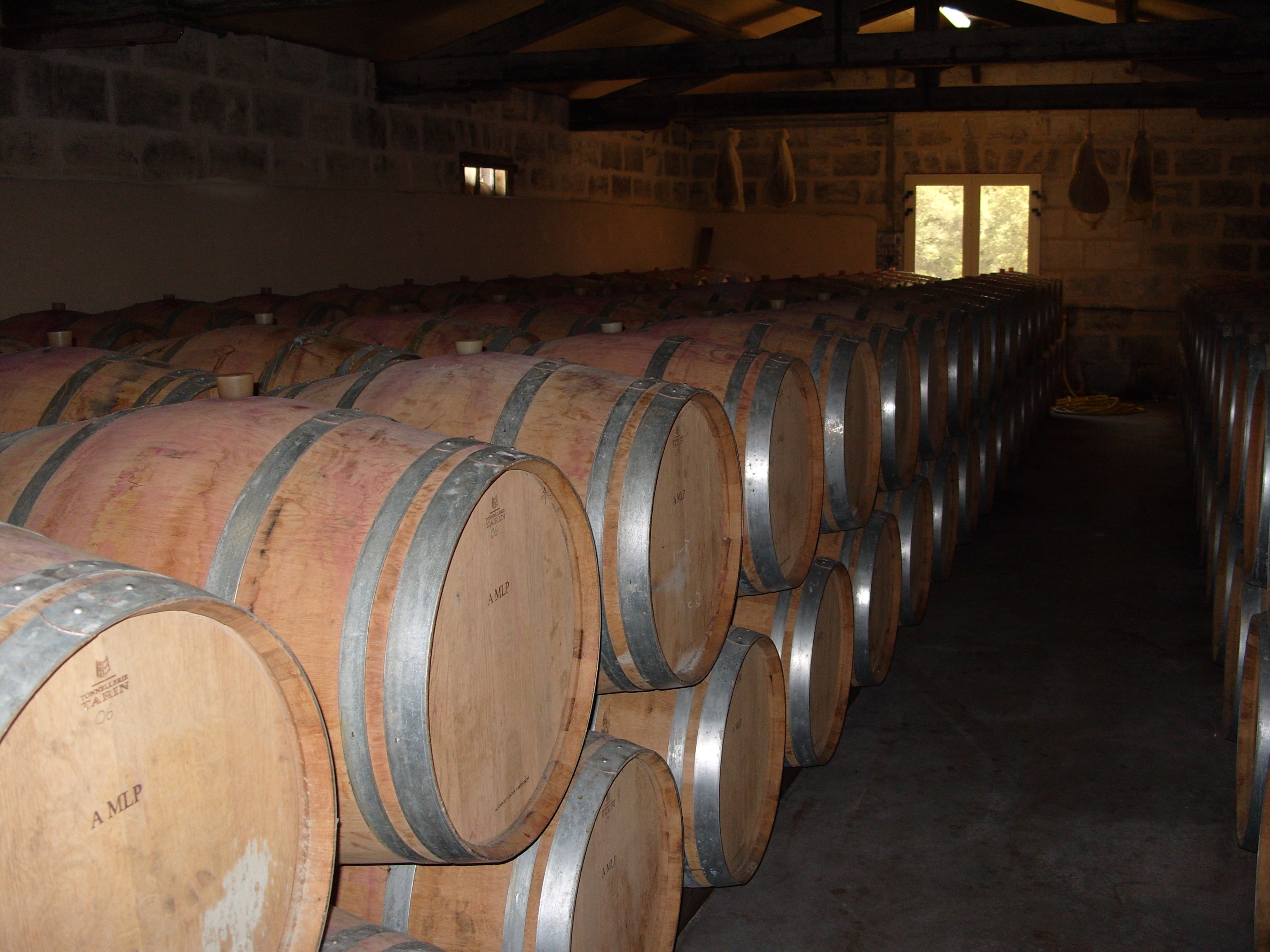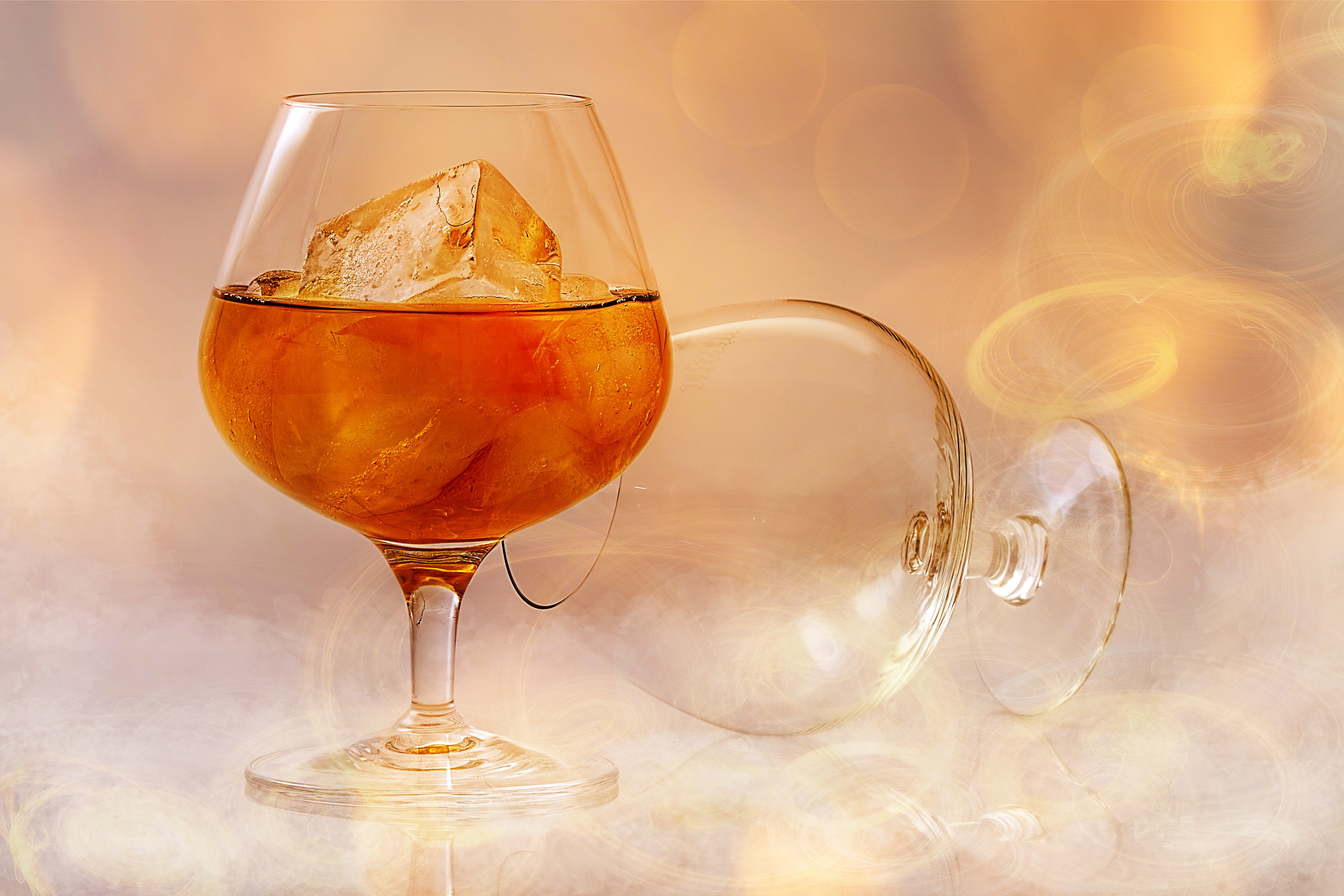Le Brandy en France
History
France has numerous wine regions and a wide range of grape varieties. Vines came to the country with the arrival of the Roman legions and spread so rapidly that by the 3rd century they could already be found in all of the regions they occupy today, a feat achieved by adapting different (red and white) varieties.
Winegrowers were soon faced with two issues: harvests that were difficult to plan and sometimes generated surpluses that disrupted the market, and some wines that were very difficult to preserve without prioritising acidity over flavour. The solutions available lacked flexibility: you could either rip up the vines (from the orders issued by Roman Emperor Domitian, to European Union regulations) or resign yourself to watching your fragile wines turn to vinegar.
In the 14th century, the mechanisms of distillation (a process that had been known about since antiquity but was rare at the time, used solely for pharmacopoeia and perfumery) were described by Arnaud de Villeneuve, followed by a later (1440) description by Savonarole, who built the first metal still. Its use would become increasingly widespread across various wine regions, finally offering a solution to the problem of surplus harvests.
International trade secured the development of wine brandy, and contributed to what subsequently became today’s ‘French Brandy’. Independent Dutch traders began developing maritime trading from 1600 onward, then expanding their already very active wine trade activities to also include wine brandy. This was highly prized by northern customers, required smaller volumes, and had none of the preservation issues of wines, which sometimes had to be distilled on arrival. These trading activities primarily took place in the wine regions near ports on the Atlantic (Bordeaux, La Rochelle) or the Mediterranean (Marseille, Sète). The latter ports became less active after the Canal du Midi was opened (1680). In addition, transport and storage in wooden barrels was another highly appreciated bonus, and the practice formed part of the production process for the final product.
Brandy made in France was called ‘Brady of Cognac’, but at the time, the appellation was not regulated in the same way that it is today. England and Holland’s influence on brandy can still be seen in the fact that the sales descriptions ‘VS’, ‘VSOP’ and ‘XO’ (which come from English) remain in use.
Things changed in the late 19th century, when the phylloxera crisis from 1868 to 1895 affected and destroyed the majority of France’s vineyards. It became difficult to make brandy during this time, with wine shortages having a severe impact, so the wines and raw materials for making brandy started to come primarily from southern France. The expression ‘Trois-Six’ (meaning ‘three-six’) was used at the time, a quality designation that circulated among distillation areas and set the quantities of eaux–de-vie from different regions to be included in the drink. This came from developments in the distillation system, increasing strength from 70% to 80-85% alcohol. Eaux-de-vie appeared better and lighter. Current regulations specifying that distillation must achieve at least 86% were most likely inspired by the highest quality eaux-de-vie created by this distillation process. In addition, it seems that adding 45-50% water brings things in line with current standards, which specify that brandy should have alcohol by volume of at least 36%.


In the 1950s, there was only one thing left to be done with surplus wine production and the production of mediocre wine: distilling. During this period, the state had a monopoly in this field. The wines came from the state and ultimately went back to them. After it was distilled, this alcohol was sent on to various destinations: professionals in the eaux-de-vie sector, exported to other countries as brandy, medicinal alcohol, industrial use (paint, varnish) or even neutral alcohol when over 95%.
The state played an interventionist role, stepping in whenever any overproduction occurred, enabling agricultural activities to be regulated and wine prices to be held steady.
During the 1960s, raw materials had to be imported after several years of poor harvests. Faced with a shortage of stock, the state launched calls for tenders, with the imported pure alcohol primarily coming from South Africa or Yugoslavia. French brandy was already being made as a blend of eaux-de-vie from abroad, and not from within the country.
The first community regulation on spirits was established in 1989. At the time, France was prohibited from using the term ‘brandy’ by the Madrid Agreement of 1946. ‘Brandy’ was essentially used to describe eaux-de-vie from other countries, meaning that France could only use it to describe wine eaux-de-vie that it was exporting. Brandy thus became an unregulated alcohol that generally contained ingredients other than wine eau-de-vie. At the same time, although the word ‘brandy’ was no longer being used in France, wine eau-de-vie continued on, and with it the traditional methods used to enhance the drink and perfect French expertise in the field.
Since 1989, the term ‘brandy’ has been permitted for use in France in place of ‘eau-de-vie de vin’ (wine eau-de-vie). French brandy also gained recognition on a European level when this regulation was revised in 2008. This recognition was confirmed by the implementation of the current production specifications.
This is the long, rich history behind brandy in France, which is by far Europe’s leading brandy producer with around 300,000 hectolitres of pure alcohol produced a year (9 million 12-bottle cases or 110 million bottles). 60% of the brandy exported in bottle from the European Union is made in France. Booming French Brandy exports over the following centuries resulted in the emergence and growing employment of the word ‘Napoleon’ to show international consumers that French expertise was in use. This statement has historically represented fair and constant use, a guarantee of quality, and a mark of recognition for French expertise. Finally, the product has confirmed its quality by winning medals in prestigious international competitions such as the San Francisco Spirits Competition and the International Wine and Spirit Competition: the former awards prizes to French Grape Brandy whilst the second has a category for French Brandy, with around ten winners every year.
The flipside to this fame is the emergence of counterfeit products. Unlike other similar spirits, the ‘French Brandy’ geographical indication is significantly better known than the brands using it. French Brandies of suspicious origins therefore regularly crop up, particularly in Asia.
Distillation
Brandy distillation has used recognised techniques and expertise for more than a century. Distillation can be performed as a continuous or batch process, and can be simple (with or without a second pass) or fractional (column). These historical practices illustrate the French tradition of distillation, which ensures an authentic production process combining centuries of tradition with historical techniques.
Ageing
The entire ageing process for French Brandy takes place within France, and the eaux-de-vie and distillates used must not have come into any contact with wood outside of the geographic area.
Ageing is performed exclusively in oak containers made of sessile oak (Q. robur), pedounculate oak (Q. petraea L.) or a cross of the two.
The ageing period in this geographic area is twice as long as the European standard. This promotes the expression of the country’s particular climatic conditions, as well as the technical conditions and traditional expertise developed throughout France’s history.
The cellars are made of stone and/or insulating materials, providing the wine distillates and eaux-de-vie with temperature and moisture conditions that are favourable for ageing, as well as significant thermal inertia. The cellars have no heating or air conditioning so as to preserve natural temperature variations that promote ageing.
Various physicochemical phenomena work together during the ageing process: evaporation of some of the water and alcohol, concentration of different substances, extraction of elements from the wood, oxidation, esterification, and acetalisation. These phenomena are influenced by the initial nature of the products being aged, as well as by the features of the climate, ageing cellars, and type of oak containers used.
Interactions occur between the different elements and can be mastered and passed on by those with many years of experience, drawing on empirical and scientific knowledge developed across many of France’s wine regions.
The French Brandy sector is able to age over 500,000 hectolitres in oak, more than enough to meet its needs.


Blending and finishing
Blending is based on methods that have been used since the early 19th century and passed down from generation to generation, and is what gives French Brandy its particular organoleptic characteristics.
Each eau-de-vie and wine distillate undergoes its own individual ageing process, and thus has its own organoleptic properties. How these are showcased depends on interactions with the other eaux-de-vie and distillates in the blend. The art of blending lies in this ability to identify each batch’s potential and future development based on the combinations created. The cellar master uses organoleptic analyses for this, firstly visual to assess the structure of the product, then smell to determine the aroma families and their intensity, and finally taste to ascertain the batch’s length and consistency. At this stage, the cellar master is able to evaluate if a batch merits special treatment based on its organoleptic profile. It may be set aside for a special blend, or even not blended at all and put straight on sale after the finishing process.
The ability to precisely identify every single batch requires many years of training and a long period of learning from peers. Numerous cellar masters are also trained in the product’s technical side thanks to France’s many training centres and programmes preparing students for oenology or spirit production.
Once these batches are identified, the most complex part of the production process is choosing when to create the blend and what percentages to use to obtain balance and aromatic expression that meet the geographical indication’s expectations. This is also when any blending with added distillates is completed. Standard practice is to perform these blending activities at least a month before finishing and shipping, and in any event before any reduction is undertaken. This period, which can vary, is vital to enable the different eaux-de-vie (and the distillate where relevant) to marry together in the best possible conditions and create a homogenous whole.
Once the blend is finished, the cellar master undertakes gradual reduction to achieve the product’s final alcohol level for sale. This phase generally runs concurrently with finishing operations, which are limited to the addition of oaky touches and tweaking of cloudiness and colour.
Successful blending and finishing operations require a high level of expertise and above all significant stocks that provide a wide range of batches, in order to create a brandy that meets the demanding standards of both the geographical indication and end customers.
